Growing primrose from seeds at home
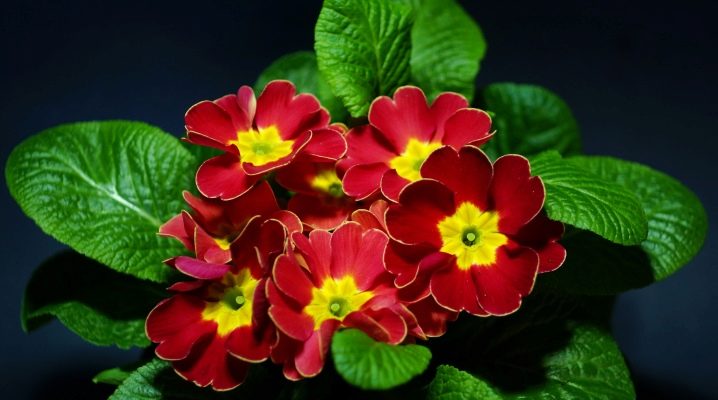
Primrose can rightfully be called one of the most beautiful and unpretentious plants. It grows well in the open field and pleases with abundant, long-term flowering, becoming the prima of any flower garden. The material in this article will acquaint readers with the nuances of growing a flower from seeds at home.
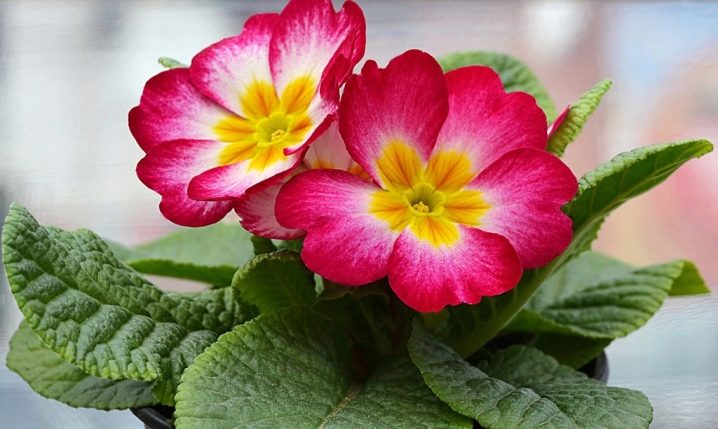
The choice of planting material
Growing primrose seeds is a long and difficult process, which is explained by the low germination of planting material. This method of plant propagation is equally laborious for any type of primrose. Stratification will be required, and seed germination conditions differ from species to species. Sowing is picky about the choice of high-quality seeds, because even under ideal storage conditions, seeds very quickly lose their germination.
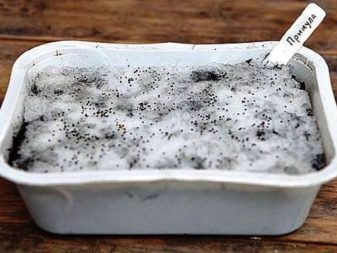
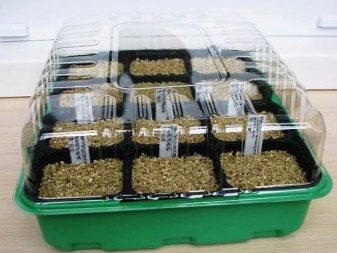
Therefore, they try to start sowing as early as possible, because until spring, almost half of the seeds will not germinate. Besides, the older the planting material, the longer it will take to wait for germination... If the primrose grows at home, you can harvest the seeds after they have ripened and dry them a little. As a rule, they are harvested in late July - early August, when they are ripe and suitable for planting.
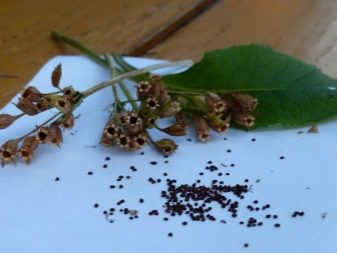
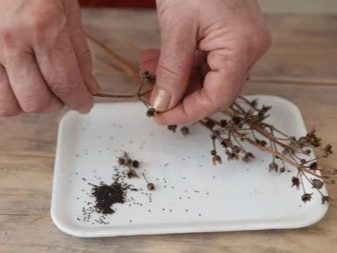
You cannot linger with it: as soon as the box opens, it is tied with a transparent cloth and removed from the flower. If they are not immediately planted, then they are stored in a cool place. As for buying ready-made seed in the store, it is important to consider: not all primrose varieties are the same. Some of them are ordinary, others are hybrid (artificially bred).
Traditional garden stemless primrose - perennial, plants of the second group rarely fully retain their varietal characteristics, despite the fact that such a primrose blooms very abundantly, be it a mixture or flowers of the same color. The polyanthus variety is as good as a houseplant. Such a primrose is grown at home in winter, and in summer it is transplanted into a flower garden or garden. Polyanthus primroses are hybrids, they were bred in Europe, they can be ordinary, semi-double and double.


Of course, you need to take the variety that you like, relying, for example, on the size of the flowers, their shape and color, and also taking into account the nuances of agricultural technology. Good options include the varieties Potsdam Giants, Colossea, Select Giant, softish Juliet. Hybrids need partial shade and fertile soil enriched with humus. Moreover, for planting such plants, it will have to be flavored with lime. An interesting fact is that when the flowers wither, these types of primrose slow down their growth.




Auricular primroses are the most photophilous in comparison with other varieties of primrose. They are good for an alpine garden. These plants are distinguished by their compact size and demanding soil. It is important for them that the soil is saturated with limestone. And therefore, without it, they bloom poorly and rarely.
However, regardless of the type of primrose, it is important to pay attention to the expiration date. The newer and more expensive the variety, the higher the risk of germination. When buying material, you need to look not at the pictures of flowers, but at the date of collection of seeds. If they are already two years old, you should not take them. As for the storage conditions, no one will give guarantees here. If they are not suitable, it is unlikely that something will grow out of them.Therefore, it is better to collect the seeds at the moment the plant throws them out and sow right there.
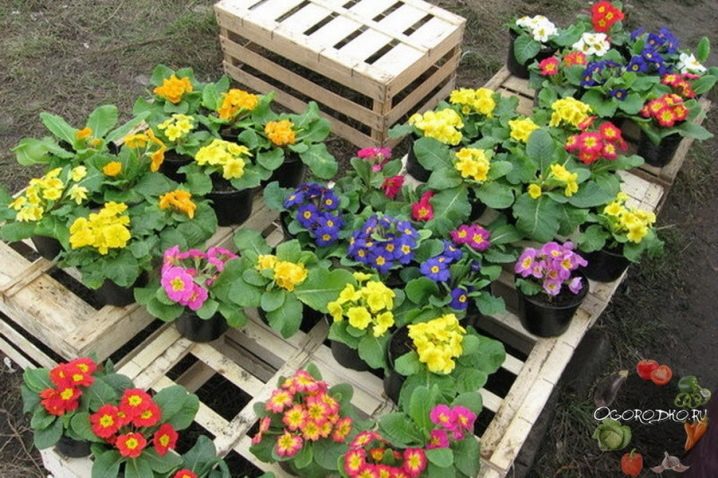
The right time for sowing
It is generally accepted that the best time to sow primrose seeds for seedlings is the end of February - the beginning of March. It is this period that is indicated on the seed bags of a particular type of plant purchased from specialized stores. However, flower growers often start sowing seeds at the end of January. This allows for early flowering (some varieties bloom in spring, for example, in May, while others bloom only in July).
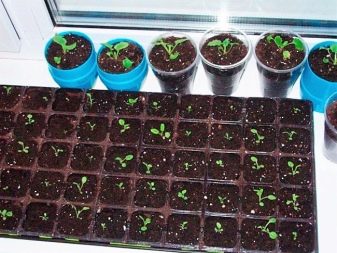

The suitable planting time may differ for each variety. It is advisable to take this factor into account, because there are varieties that bloom in the fall. You also need to take into account the time of distillation for a specific time of the year (for example, by March 8). Therefore, sowing dates vary. A lot depends on the ripening time of the seeds, if they are harvested from a flower at home. Those who are afraid that the seeds will lose their germination, plant them immediately after collection and preparation, that is, in July - August. However, in this case, agricultural technology and plant care change. But the fact remains: despite the fact that you can sow seeds at different times of the year, the earlier they are planted, the better.
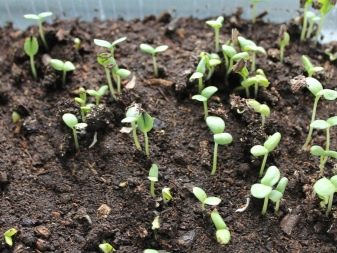
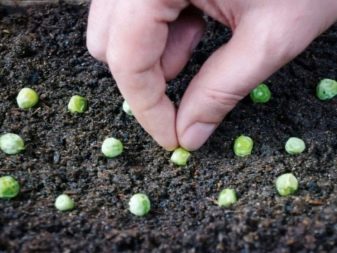
Growing conditions
Primrose seeds have their own germination mode, and therefore you need to approach planting correctly. This is influenced by both the planting time and the time of collecting planting material.
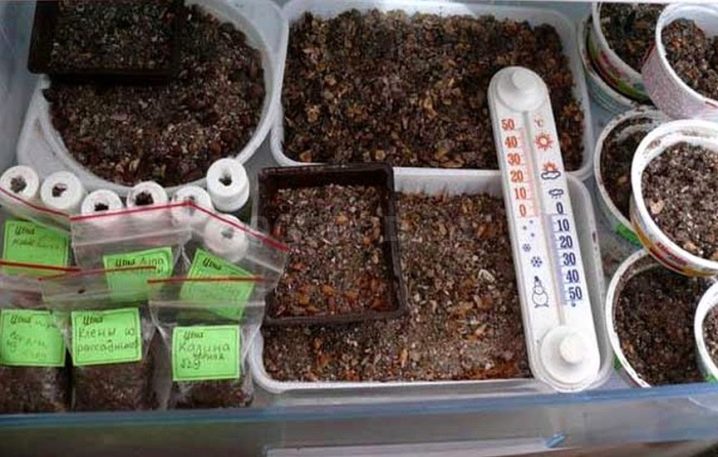
Seed preparation
Most varieties of primrose need preliminary preparation. An exception is the common and toothed primrose. Unlike other varieties, they do not need to undergo a stratification process to germinate. In this case, the optimal temperature should not exceed +5 degrees. Some growers begin to prepare seeds even in winter, considering that the most favorable period for this is January. Before subjecting the seed to stratification, the seeds are disinfected. This is necessary in order to prevent various diseases. For the purpose of such prevention, a weak solution of potassium permanganate is used, keeping the seeds in it for no more than 3-5 minutes.
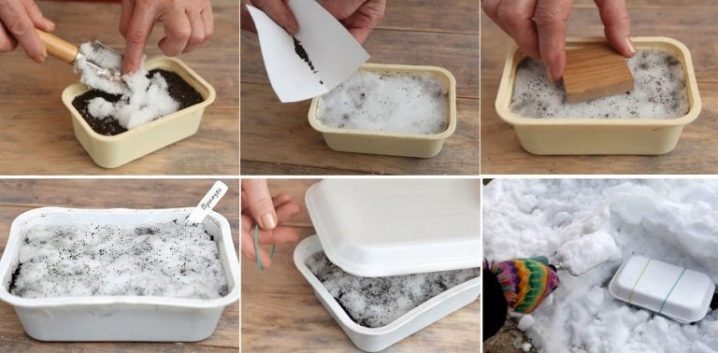
Someone thinks that the best method of disinfection is to treat the seeds with a solution of phyotlavin (a natural antibiotic that protects the sprouts from the black leg). After preparation, the seeds can be stratified for 20-30 days and planted in the ground.
Nuances of soil
An equally important condition for growing a high-quality plant specimen is the correct choice of soil. In order not to doubt the correctness of its composition, you can buy a ready-made substrate in a specialized store. However, if desired, it will not be difficult to prepare soil mixture for future seedlings on your own. For the normal development of the primrose, the classic composition is quite enough, consisting of sod land, sand and leafy soil in equal proportions. The soil optimal for the plant has a fertile loose, but slightly coarse structure. Before planting the prepared seeds, the ground must be rid of pits in order to prevent the seeds from falling through.
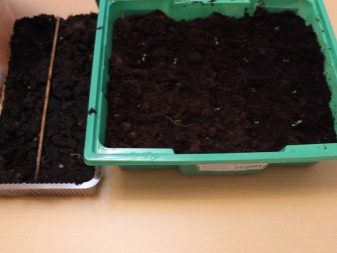
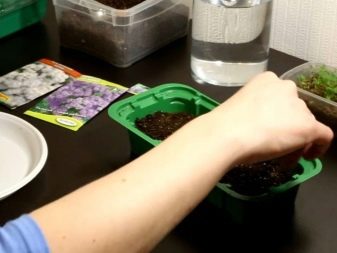
You can flavor the soil with perlite or vermiculite. Perlite will prevent soil caking and provide drainage. As for vermiculite, it perfectly normalizes acidity, and therefore will contribute to the adaptation and development of the root system of the flower. Before planting seeds in the ground, it must be pickled. If you do not want to use potassium permanganate for this, the soil is doused with boiling water. This is especially important when the substrate is taken from the site of the house, and the compost is stored all winter in the underground. Someone calcifies the ground by heating, considering this method of processing the most effective.
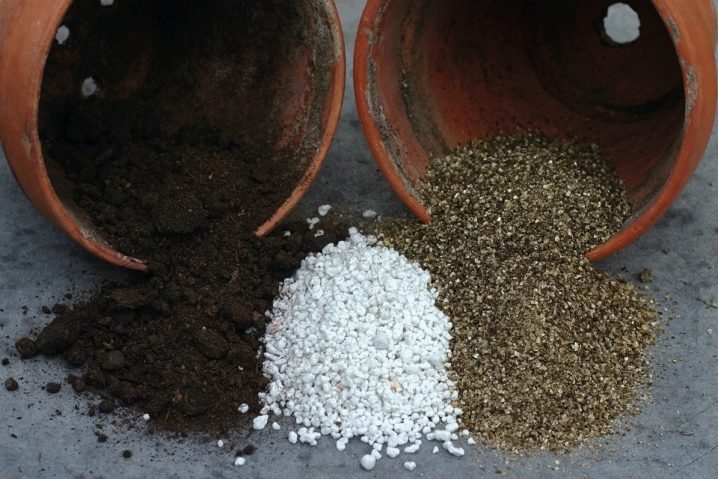
Containers
You can use a traditional container 5-7 cm high as containers. If you decide to use a large container, it is important to take care of good drainage in order to exclude the possibility of water stagnation in the ground.You can plant seeds in a common box, using a small flower pot, a cassette, a container with cells as it.
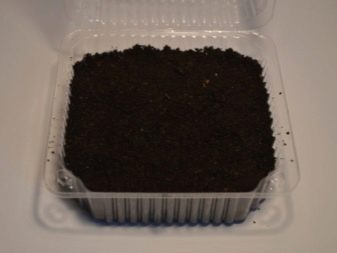
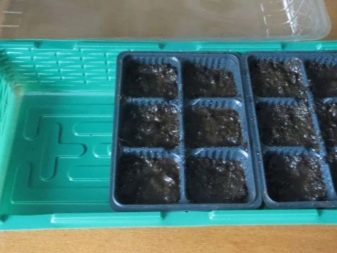
Seed stratification
The procedure for stratification of seed implies keeping the seeds at a certain temperature for a specific time. This is necessary to accelerate germination and quality development. Basically, this is preparing the seeds and hardening them in a cool place. Stratification is performed prior to planting by placing ripe seeds in the cold. In this case, the phase of the procedure can be frosty or simplified, in which the seeds are exposed to a low positive temperature. Do this in one of four ways.

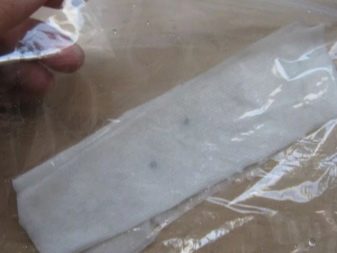
In fridge
Take a small lump of well-moistened earth or a swollen peat tablet and place the seeds in it. The seeds cannot be pressed: they are placed on top and only slightly pressed to the ground. Next, each tablet is placed in a plastic bag and left in the room for two to three days. After that, they are sent for stratification in the refrigerator and left on the lower shelf for several weeks.
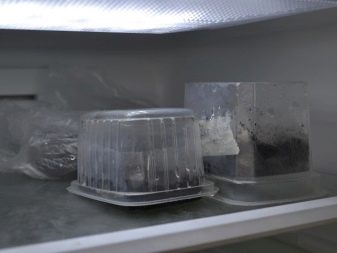
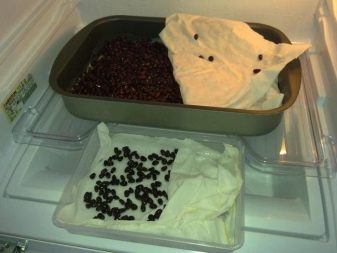
Using the snow
Seeds can be stratified in the snow. To do this, you need a container with a nutrient substrate. The seeds are laid out directly on its surface, after which they are covered with a layer of snow no more than two cm thick from above. When it melts, the snow will press the seeds to the ground. As soon as it finally melts, cover the container with soil and seeds with a lid or plastic wrap and put it on the bottom shelf of the refrigerator.


Soaking in water
This stratification method begins with preliminary soaking of the ripened seeds. They are placed in water for 24 hours, and then sown in prepared pots or other containers with a pre-prepared nutrient substrate. The soil must be moistened before sowing; the seeds must be slightly buried in the ground. Covering the containers with cling film, they are removed to a cold place.
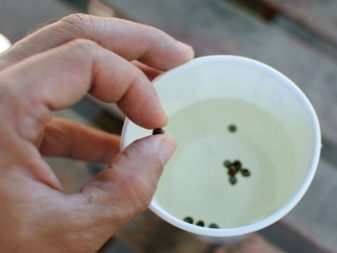

With a sponge
This stratification method requires a regular dishwashing sponge. Shallow longitudinal cuts are made on it, into which ripe primrose seeds are placed for further swelling. The sponge is placed in a thin polyethylene food bag and sent to the refrigerator. In this case, you need to ensure that the sponge does not dry out and remains wet all the time. After about 7 days, you can remove the seeds from the sponge. Now they need to be sown in the ground. Instead of a sponge, you can use gauze or a thin natural fabric, remembering to constantly moisten it. It is not cut, but folded in several layers. This method is carried out, as well as the method with a sponge, keeping the material in the refrigerator at a temperature of +5 degrees.
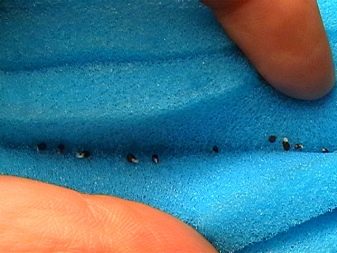
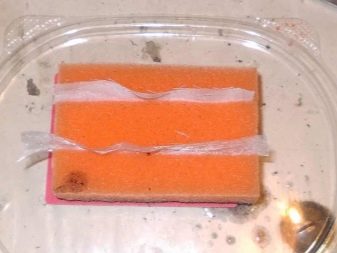
If the decision is made to plant the seeds immediately after they ripen, they prepare high-quality soil and boxes. Someone prefers to plant seeds directly in open ground. In either case, before sowing, it is necessary to moisten the soil well, plant the seeds in the made grooves, or lay them out on the soil surface. Considering that this is done in the summer or at the beginning of autumn, the sprouts are provided with timely mulching and regular watering.


When the seedlings grow a little, they are thinned out, providing more freedom for growth and root formation for each sprout. This is done after the sprouts have released a second pair of true leaves. For the winter, the seeds are covered with a thick layer of dry mulch from dry leaves. On average, the thickness of the covering layer should be at least 10 cm.
Podwinter sowing of seeds in boxes is carried out only when cold weather sets in and stable night frosts, waiting for the soil to freeze. A prerequisite for sowing in boxes will be compliance with two rules: making drainage holes and laying a drainage layer on the bottom of the boxes. Regardless of the cold, the planting material is planted superficially, but densely, barely covering it with soil.
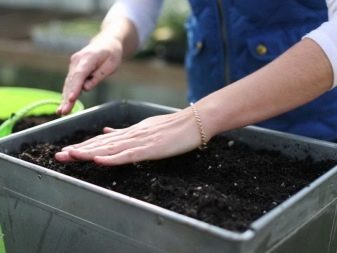
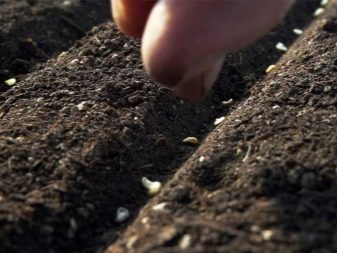
From above, the boxes are covered with non-woven material or film, protecting future sprouts from snow, weeds and excess moisture. After sowing the seeds, the containers are removed in partial shade, leaving them there until spring. After the snow melts, the covering material is removed and the seedlings are grown. They monitor the light, regularity and moderation of watering young primroses, avoiding even a short-term drought.


Seedling care
After performing the stratification procedure using one of the above methods, the containers with the first shoots are placed in the conditions usual for seedlings. Now they are entering a period of active growth and development, which will require regular care. After the seedlings have been removed from the refrigerator, you need to provide them with a temperature that will not bring stress. It is desirable that the room where the containers are located should not be more than +15 degrees.

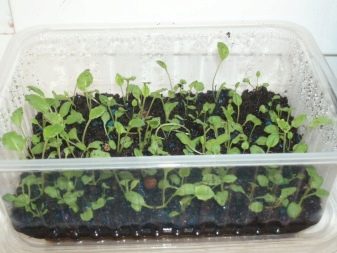
Keeping in mind that the sprouts were in the dark, they should not be immediately put on the windowsill, drenched in the sun. A window that faces the north side will do. There is no direct sunlight here, which can burn the delicate greenery. However, a dark room is also not suitable for growing a flower, since it will be deficient in ultraviolet radiation. As for watering, it should be timely and moderate. Do not allow the soil in containers with seedlings to dry out. Required light, but stable substrate moisture. Since the sprouts will be weak at first, the soil will have to be moistened by spraying water from a finely dispersed spray bottle.
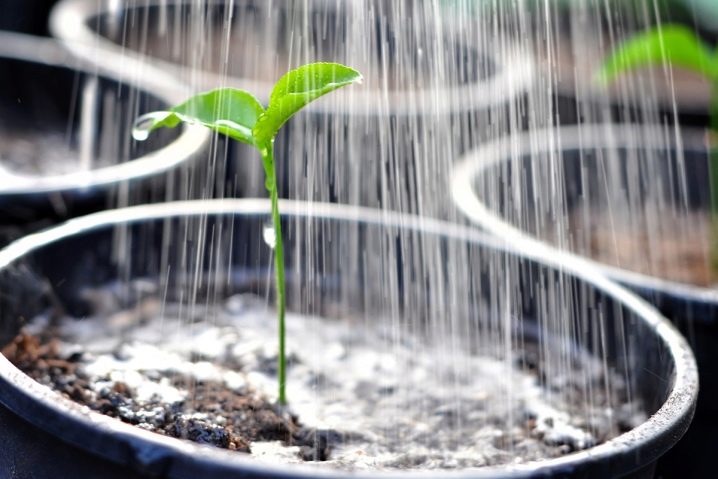
It is important to remember: you cannot overdry or, on the contrary, fill the seedlings, since this dies from this. If the stratification is completed, and not all the sprouts have appeared, the container with the seeds is covered with foil or glass, providing a greenhouse effect. Regularly, such a cover is removed for airing, otherwise the seeds will begin to rot and hurt.
The picking of seedlings is performed when the sprouts already have two true leaves. To do this, they are carefully removed from the moistened soil, trying not to touch or damage the emerging root system, and are divided for transplantation to a new place. A fresh soil mixture is prepared in advance, providing the plants with proper nutrition. Planting is carried out in separate pots or containers with a step of 5x5 cm. The seedlings are moistened in a timely manner, avoiding the ingress of water on the stem and leaves. For proper development and growth, primrose seedlings are fed after a while. On average, this is done no more than once every two weeks, starting from the moment the first leaves appear. The application of dressings should be dosed, therefore, a weakly concentrated solution of mineral fertilizers should be used to nourish the roots. In order not to harm the seedlings, the concentration of the solution must be reduced by 2 times from that indicated on the instructions for fertilization.
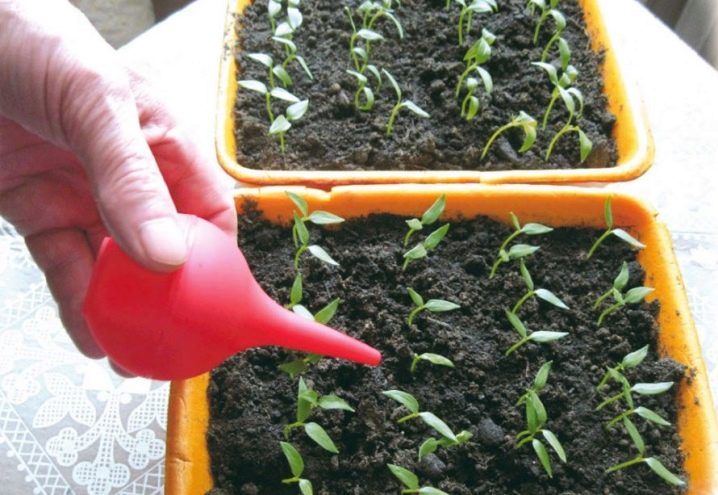
As the primrose seedlings grow and develop, they need to be prepared for transplanting to a permanent place (in open ground), which is performed in late spring - early summer, after waiting for the warm weather to stabilize. Most often it is June, when there is no frost anymore.
In order to increase the chances of primrose breeding and grow a healthy and beautiful plant with abundant flowering, you can take note of the tips and tricks of experienced gardeners.
- If stratification proceeds slowly, and there are no shoots after exposure, the container is returned to the refrigerator and kept there for another 10 days.
- The care of seedlings of different varieties is different. For example, Japanese primrose, omitted, Florinda and pink need diffused light and temperature conditions from +16 to +18 degrees.
- When you do not want to put the seeds and soil in the refrigerator, you can process the seeds themselves, shortening the time of exposure to cold. They are put in the freezer for 12 hours, after which they are planted according to the general scheme.
- If it is noted on the purchased seeds that they do not need stratification, there is no point in it (this will not increase germination).
- Picking is a mandatory step in leaving.Without it, the growth and development of primrose slows down.
- You can spray primrose from a fine spray, trying to keep the water only on the soil.
- If the weather is not yet suitable for planting in open ground, young plants dive into large boxes with a step of 15 cm, waiting for transplantation to a permanent place.
- The second pick before transplanting into open ground is needed for those plants whose growth is too active and dense.

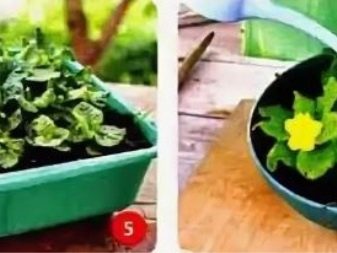
Transfer to a permanent place
About two weeks before planting, it is necessary to prepare young plants for planting in a permanent place. This is especially necessary for specimens that have dived twice. They need to be hardened to reduce stress and get used to new growth conditions. They must be taken out into the fresh air when the temperature outside is set to more than + 10-15 degrees. The transplant is performed when there is no longer a threat of night frosts or at the very beginning of autumn (if primrose was grown in summer as a potted plant). A place for a flower should be chosen with moderate lighting and loose soil. When transplanting, it is important not to damage the roots by placing them in the soil so that the distance between the roots is sufficient to feed them (approximately 20-30 cm for large varieties and no more than 20 cm for small ones). This neighborhood is comfortable for the primrose and provides it with a sufficient volume of air.
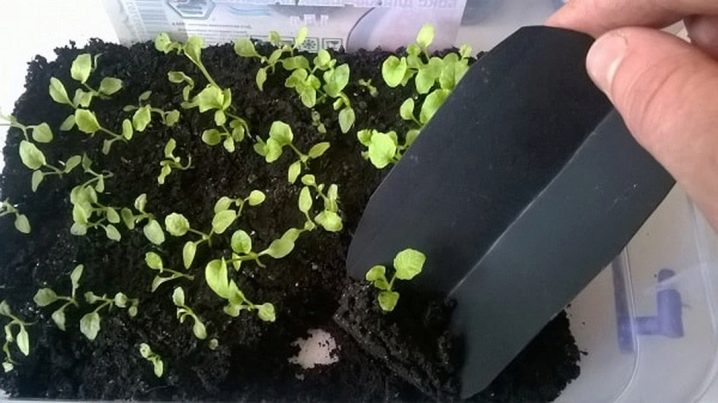
After transplanting, primrose should be supported by watering, which is especially important in dry weather. Then she is transferred to regular care. As for protection for the winter, the flower will have to be covered within two years from the moment of sowing the seeds. Reproduction of primrose grown from seeds is carried out by dividing daughter rosettes, separating a bush, which is 3 to 5 years old. You can also try to propagate the primrose by root cuttings.
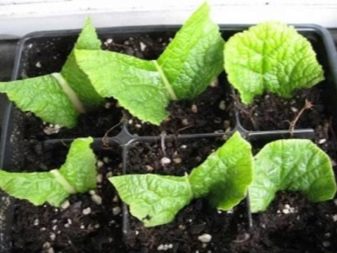
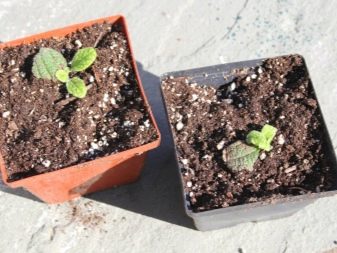
For information on how to grow primrose from seeds at home, see the next video.







































































































The comment was sent successfully.